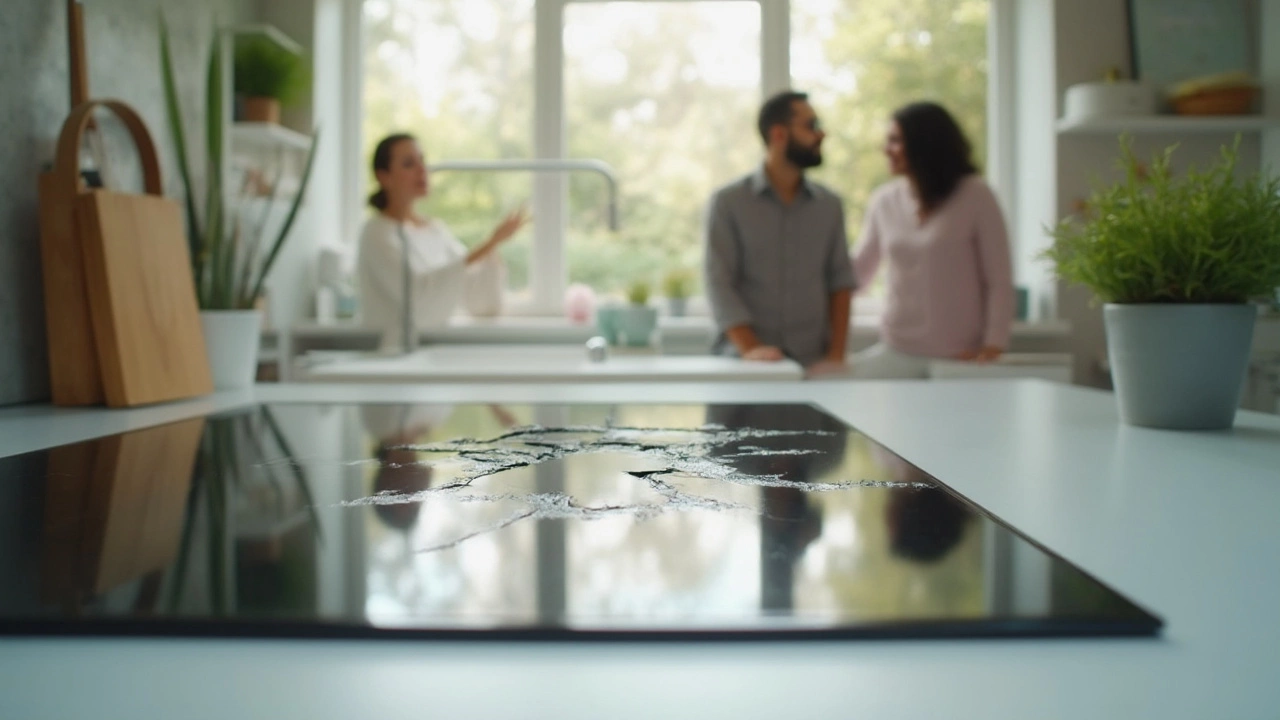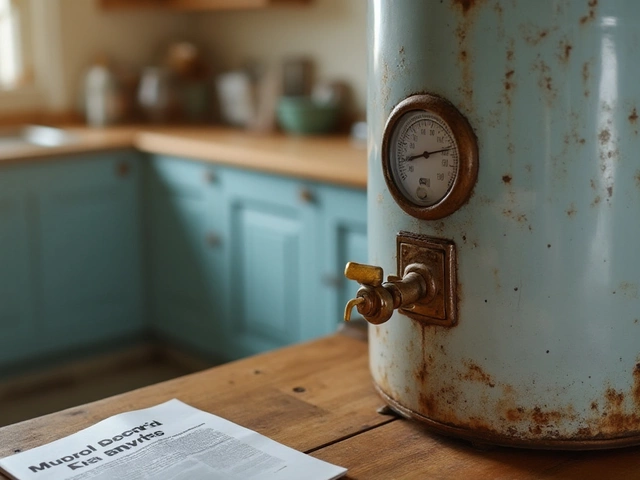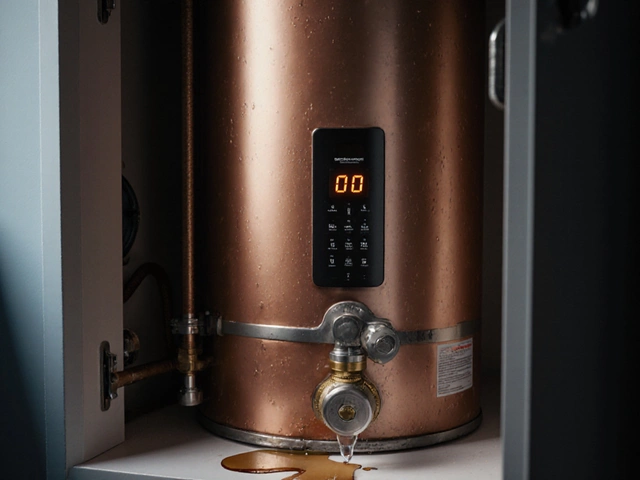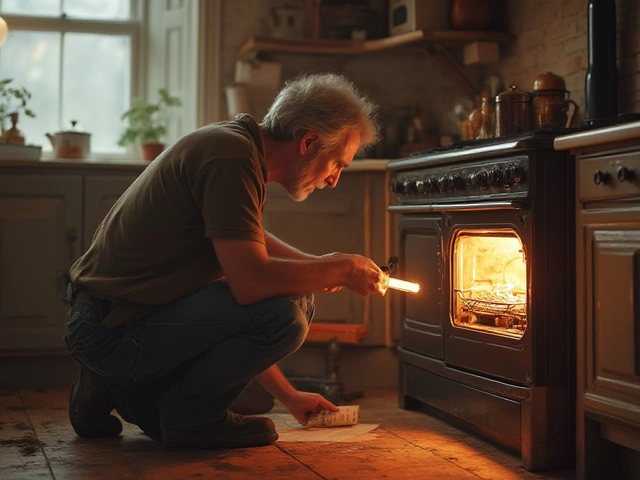If you’ve ever watched a glass hob crack, flicker, or suddenly stop heating, you know how frustrating it can be. The good news? Most issues are fixable without tearing the whole kitchen apart. Below you’ll find practical steps to diagnose, clean, and repair your glass hob, plus tips on when it’s smarter to call in an expert.
First, figure out what’s wrong. The most frequent hiccups are:
Knowing the symptom helps you pick the right fix. For example, a dead zone usually points to a burnt‑out heating element, while a crack needs a replacement plate.
1. Power check. Make sure the hob is properly plugged in and the circuit breaker isn’t tripped. A simple reset can solve a flicker.
2. Clean the surface. Food residue acts as an insulator and can cause hotspots. Let the hob cool, then wipe it with a soft cloth and a glass‑cooking‑top cleaner. Avoid abrasive pads.
3. Test each burner. Turn them on one at a time. If a burner stays cold, the heating element underneath is likely dead.
4. Inspect for cracks. Shine a flashlight across the surface. Any crack, no matter how tiny, should be noted. Small cracks can sometimes be sealed with a specialised glass‑top repair kit, but it’s a temporary fix.
5. Listen for buzzing. A constant buzz usually means the element is short‑circuited. In that case, replace the element.
If you’ve identified a faulty element, you can replace it yourself with a few tools: a screwdriver, a pair of gloves and the correct replacement part (check the model number on the back of the hob). Disconnect power, remove the control panel, unscrew the old element and bolt in the new one. Re‑assemble, restore power, and test.
When you encounter a cracked surface, the safest route is to order a replacement glass top from the manufacturer. Swapping the glass isn’t hard for a handy person, but it does require careful handling to avoid injury.
Even if you feel confident, keep a Gas Safe registered engineer or a qualified appliance technician on standby. Electrical work can be risky, and incorrect wiring may cause further damage.
Regular maintenance keeps the hob happy. Wipe spills immediately, use only flat‑bottomed cookware, and avoid dragging heavy pots across the surface. A quick monthly clean with a non‑abrasive cleaner prevents buildup that could lead to cracks.
In summary, most glass hob glitches are either a dirty surface, a dead element, or a crack. Simple checks and a bit of DIY spirit can solve many of them. When in doubt, or when the glass itself is damaged, call the pros to avoid costly mistakes. Keep these tips handy, and your glass hob will stay sleek and functional for years to come.

Cracks in electric hobs can show up suddenly and cause real headaches in the kitchen. This article looks at why electric hobs crack, from common mistakes to sneaky issues with installation. You'll get practical tips on how to prevent damage and handle minor cracks. Find out when you can fix a hob yourself and when it's smarter to call for professional help. Stay ahead of costly repairs and keep your cooking space safe.

Determining when your hot water heater needs replacement isn't always straightforward. This guide explores key signs such as irregular water temperatures, strange noises, and age that might indicate it's time to get a new unit. Understanding these signs not only ensures a reliable hot water supply but also prevents potential damage and higher energy bills. Additionally, we discuss some tips for maintenance to prolong the life of your current system.

Ever wondered who foots the bill for boiler service in your home? This article delves into the responsibilities of homeowners and landlords when it comes to boiler maintenance. It offers practical tips for navigating service agreements and highlights some surprising facts about cost-savings that effective maintenance can offer. Discover insights and advice on ensuring your boiler runs smoothly without burning a hole in your wallet.

Spot the top warning signs of a failing hot water heater, from strange noises and leaks to temperature swings and error codes, plus practical fixes and when to call a pro.

Got a cold oven? Learn if you can swap that faulty heating element yourself, what tools you'll need, and exactly what to watch out for. Easy fixes, with real-life tips.

Repairing an aging laptop can be a tricky decision. This article explores whether it's still worth investing in a 7-year-old device. We'll consider factors like performance, cost, potential upgrades, and environmental impact. Dive in to learn about the practical and sentimental value of maintaining your trusty laptop.